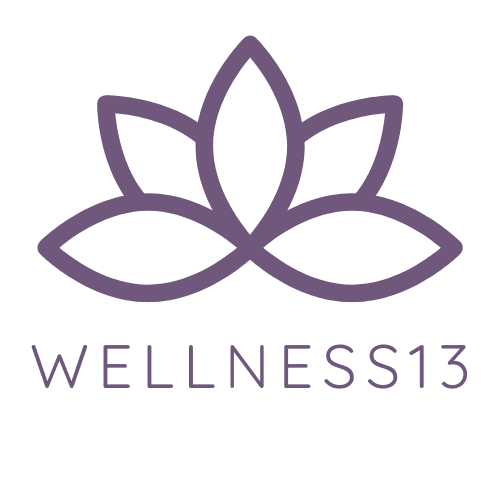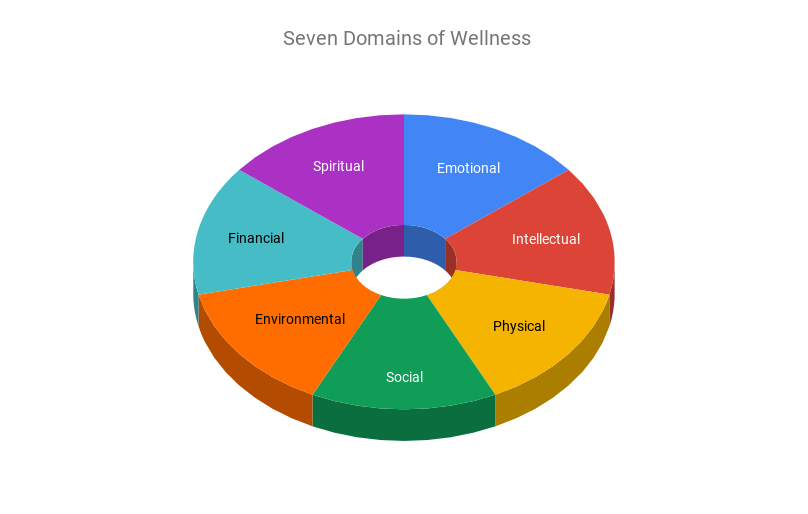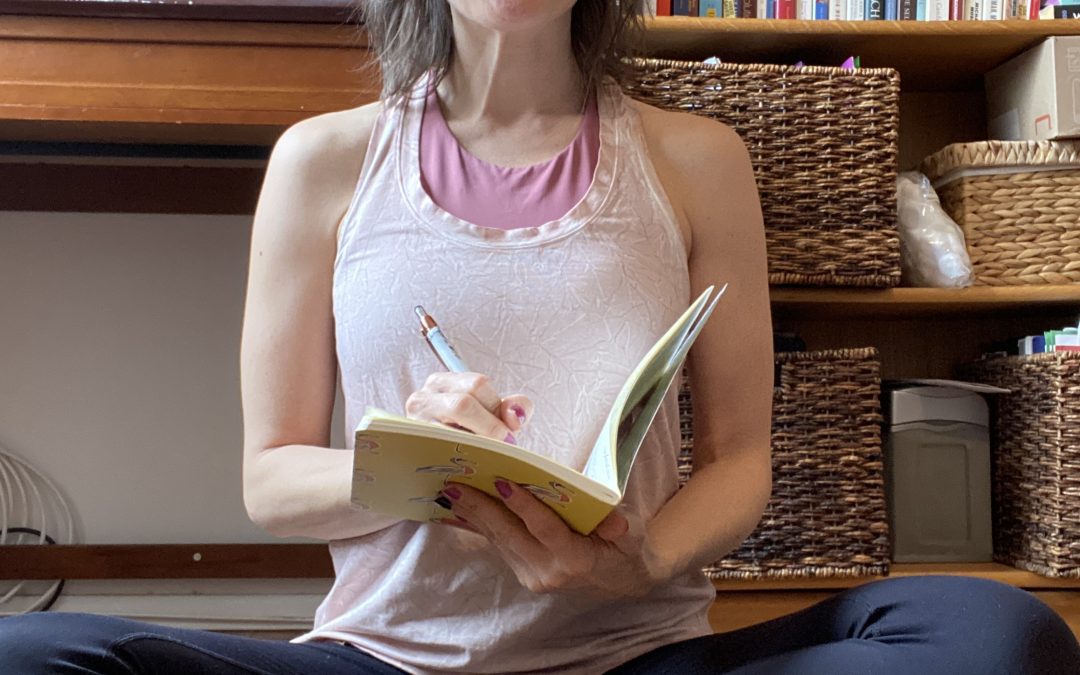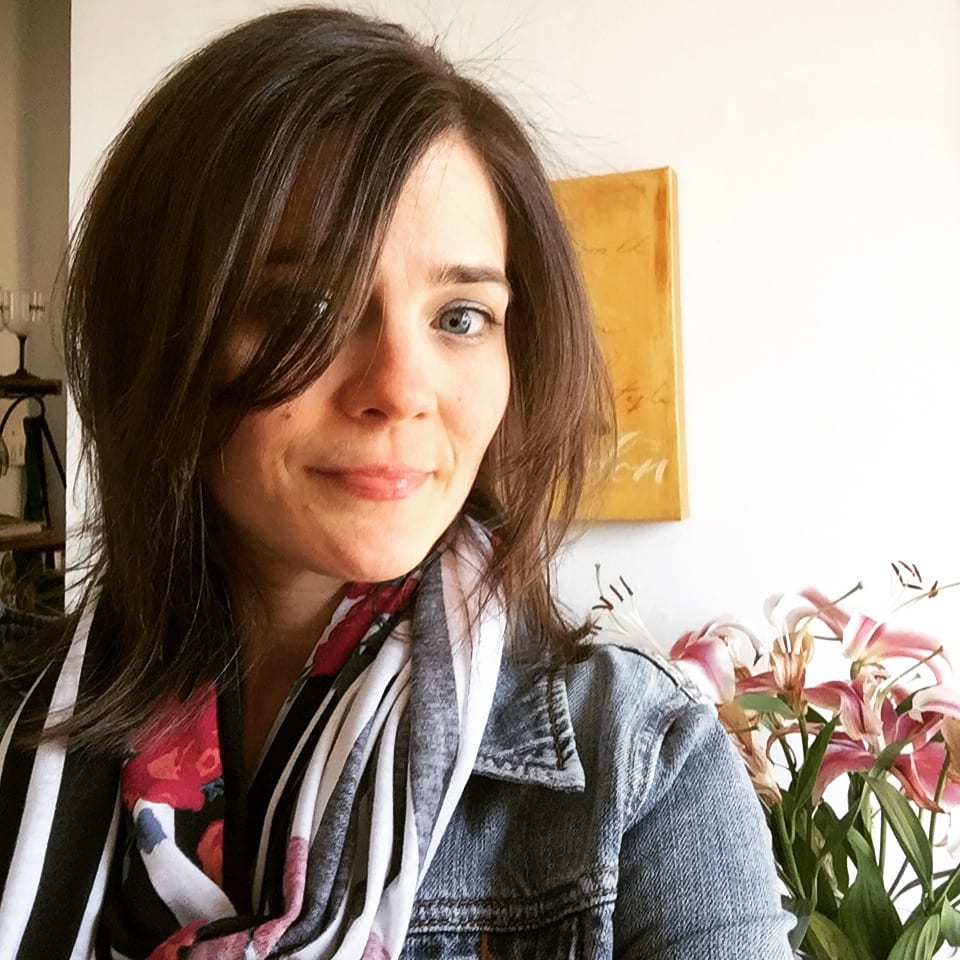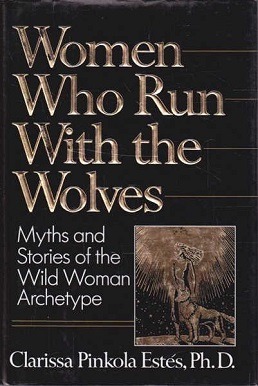
One thing I have always found most helpful on my healing journey, is learning from books.
There is one book that has been recommended numerous times and has been on my Goodreads list for a few years now. And so finally this past fall, I randomly joined a book club (that never got off the ground) because they were reading this book, and I took it as a sign. What is the book? Women Who Run with the Wolves by Clarissa Pinkola Estes.
While this is a spiritual book, it is also a self-empowerment book written by a psychoanalyst. I wasn’t sure what to expect when I dove in, but with over 500 pages, I knew there would be some helpful insights and I was right.
Each chapter includes a folktale and a discussion that follows detailing the moral or message we can learn. While there were some that I connected with more than others, each offered something to help me as I grow.
The overall message that flows throughout is connecting back to our true wild self, the Wild Woman within. We may have lost her for a variety of reasons, but she is still inside us waiting for the day we wake up and call to her once more. How did we lose her? And how do we get her back?
These are questions that I have pondered over the past couple years in my healing journey. I knew that I had lost some pieces of myself by stuffing them down, making myself fit into the boxes others assigned to me. But it all never felt quite right, and I have been slowly regaining my true authentic self.
It all started for me with meditation. I would sit on my cushion in stillness trying to listen to the voice inside that was drowned out by so many other louder voices, knowing there was some inner wisdom I was missing, my intuition hiding while others took charge. But in the book, she says “This is our meditation practice as women, calling back the dead and dismembered aspects of ourselves, calling back the dead and dismembered aspects of life itself.” This is what I had been searching for all those mornings in silence. I was trying to bring back the broken pieces, the part that was covered up with shame or the part that had died because I just didn’t love myself enough to stand up and be heard. I owed it to her to continue this journey of connecting to my soul.
How was I going to do that?
As I made my way through the book, I learned I had to first retrieve my own intuition. Trusting our intuition is hard, we look to others for validation in our thinking and actions. When this happens too many times, we no longer trust ourselves to have the answers. Or if we are told that our perception is wrong, we are wrong, then how can we possibly listen to what we have to say? We don’t and our own voice is the first casualty. We must then spend time quieting all that outside noise, let go of the approval of others, let go of their opinions, and sit with our own inner wisdom as we wake up.
Once we listen to ourselves again is when we can find where we belong and with whom we belong. For me, I have never really found a place where I truly belong. Sure, I have succeeded in fitting in but that is different from feeling comfortable in places, in your own skin around others. I have created an identity as a survivor and according to the author this can be limiting and create a hazard in our lives. In chapter 6 she says, “sometimes people are afraid to continue beyond survivor status, for it is just that-a status, a distinguishing mark…., an accomplishment.” I was causing harm to myself by overstaying my welcome in this survivorship. I couldn’t get past the limiting beliefs and mindset that I took on, believing what my parents and others said about me. I was basing my identity on how I made it through all the struggles and tough times, the abuse and neglect. My complete identity was wrapped up in the fact I could take a hit and get back up and this was inhibiting my own growth.
What we need to do instead is find our way to therapy so we can recognize what happened to us, heal from it, and move forward into thriving in our life. After all, “thriving is our true birthright as women.”
The way we thrive is by returning to our true selves. Many of us have stopped listening to our soul or our own wants and needs and instead prioritize all others to the detriment of our own health. In chapter nine we learn that it is the time, energy, giving, and being overdrawn that costs us, it causes us to lose our own skin, our own selves and the lack of deposits back into ourselves is what causes us to feel like we are dying. The exact words I used to my own therapist were, “I am so exhausted, I feel it in my bones.” This isn’t tiredness from lack of sleep, this is exhaustion from the constant outpouring of energy, giving to others, and not taking care of me.
I needed to value myself, I needed to come home to myself. Going home is what keeps me sane. And I don’t mean the physical place of my apartment, although I have worked hard on creating that cozy sanctuary for myself over the past year, but “the internal place, somewhere in time, where a woman feels of one piece.”
The author explains further by saying “Home is a sustained mood or sense that allows us to experience feelings not necessarily sustained in the mundane world: wonder, vision, peace, freedom from worry, freedom from demands, freedom from constant clacking.”
How you choose to get there is entirely up to you, meditation, art, music, books, solitude, the beach, and what home looks like is yours alone but it is essential that we all try to get there in some way at whatever intervals we need to re-establish balance back into our lives. The frequency of your path home and how long you stay there is unique to you, but you must go there if you are to thrive. And you must let those in your life know when you are going and when you will return so as not to be disrupted. This is your solitude, your time to talk with your soul. You will be back, but not until you get some answers you seek. Don’t let anyone talk you out of taking care of your soul. That’s how we lose ourselves in the first place. And now we are doing the work to get that person back.
For me, that is writing. I am spending more time working on my writing pursuits. I am prioritizing time in my schedule to write before I attend to other things someone might need. I’m also taking time to sit and read. I believe reading also helps open my creative voice along with giving me time to practice my solitude soul work.
I think healing my soul is the most important work I will ever do. This is what I am doing as I learn to return to myself and understand how to run with the wolves. I am here to make peace with my past. As is said in chapter twelve, “None of us can entirely escape our history.” But sitting in the anger and rage of the past doesn’t move us toward thriving. Repressing and holding it down keeps us stuck. This has kept me in that survivor identity, kept me in the same loop of repeating the same stories. Instead, we confront the rage, learn from it, understand the feelings inside, start to heal, and we forgive. Forgiveness can be quite controversial, but I like what she says here, “forgiveness is not surrender. It is a conscious decision to cease to harbor resentment…” We are the ones in control as we consciously choose not to give this anger or resentment anymore energy. Instead, we put our energy into our path forward. This is how we thrive.
As I continue to do this work, I won’t always get it right and neither will you, but wanting to better myself keeps me going. Is this a one and done process? No. It takes really hard work to find our way back to our true selves and it’s not always easy. But if you want to do this work and you are up for it, if you want to thrive, I will leave you with this quote from the book,
“We can have all the knowledge in the universe, and it comes down to one thing: practice. It comes down to going home and step-by-step implementing what we know. As long as necessary, and for as long as possible, or forever, whichever comes first.”
Wellness Wednesday
